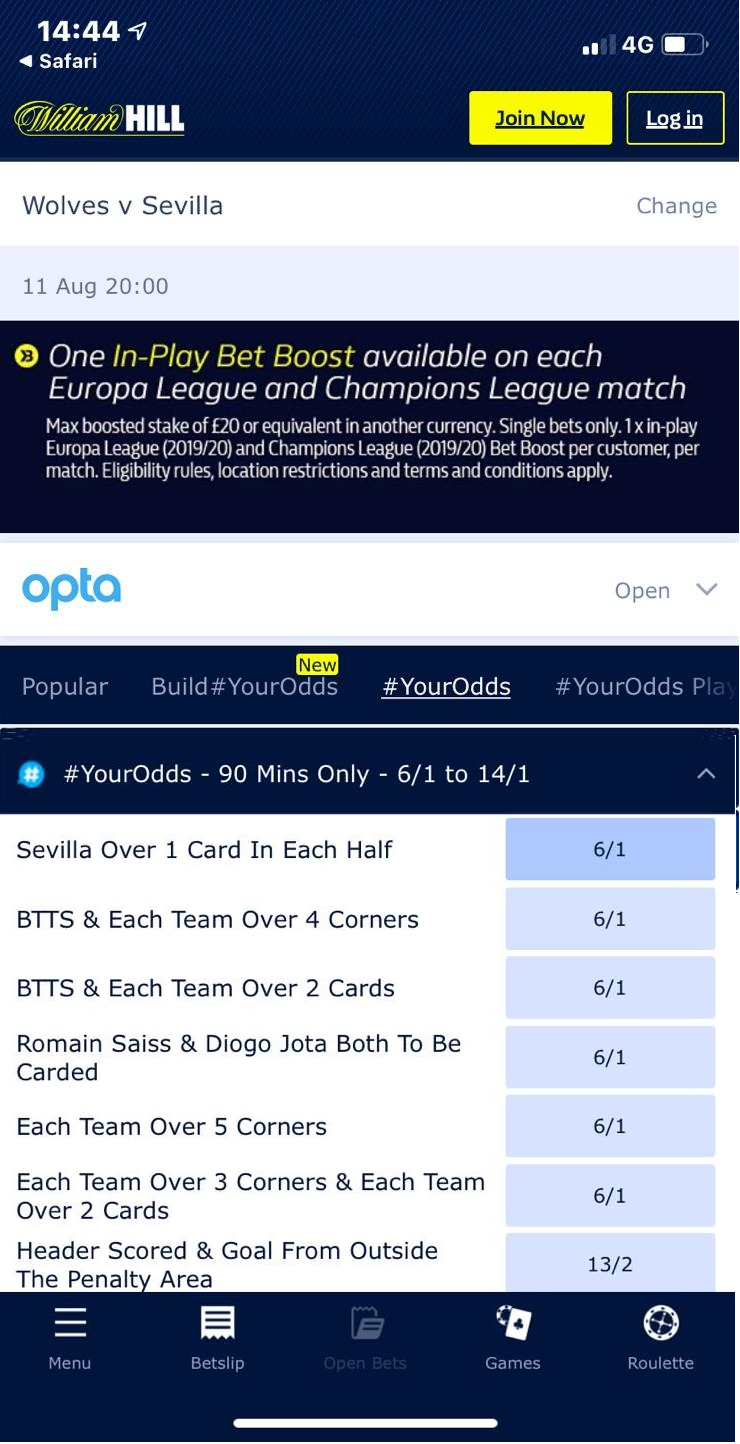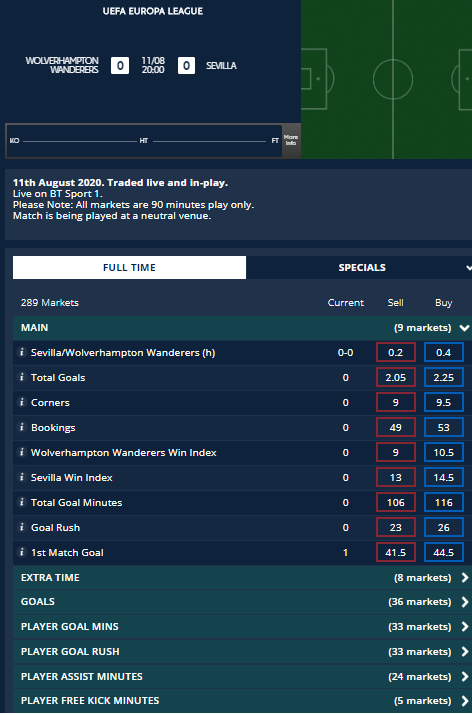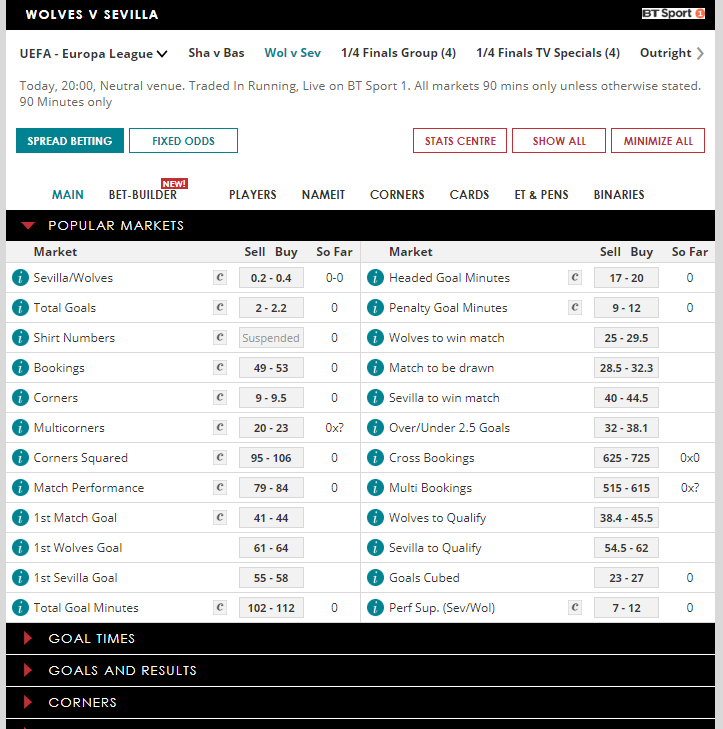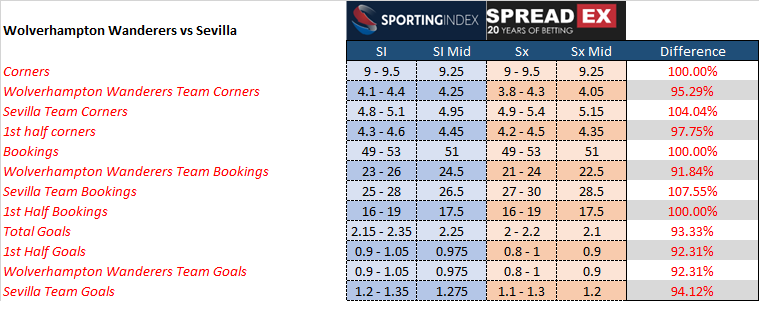Calculating ComboBets
Pre-amble – Statistics 101
When working out more complex bets it is preferable to use probability instead of fractional or decimal odds. EV is worked out by dividing the available back odds by fair odds.
To convert fractional to decimal, work out the fraction and add 1. To convert decimal to probability, take the reciprocal of the decimal odds (divide the number through 1)
Fractional = 13/2
Decimal = 7.5
Probability p(x) = 1/decimal
Mutually exclusive outcomes are outcomes that have no relationship with each other. Non-mutually exclusive outcomes do have a relationship with each other.
EG Federer to win Wimbledon or Ian Poulter to win the Open = mutually exclusive OR bet
EG Salah or Firmino to be the first goalscorer for Liverpool = non-mutually exclusive OR bet
Combination bets (e.g. #YourOdds)
Combination bets (which we’ll call #YourOdds from here on, the terminology of William Hill reads much better) consist of bets built up by multiple match variables such as goals, corners and cards. They go by alternative names depending on the bookmaker; betbuilder (bet365), oddsonthat (BFSB), pickyourpunt (Betfred), PriceItUp (Betvictor), YourCall (Coral), GetAPrice (Ladbrokes) and Requestabet (Skybet).
The service is not available on every game, and the available variables may be limited on secondary games. You can choose to create your own bets, however Bookmakers will also often offer a pre-defined list of #YourOdds. Below is a screenshot of the #YourOdds offered by William Hill for Wolves v Sevilla.
William Hill (and all other bookmakers) tend to offer the same pre-defined #YourOdds for each match. There is a perception by bookmakers that these bets are difficult-to-impossible for punters to work out because they cannot be benchmarked against an exchange market.
The bookmakers create these bets using a discrete probability distribution. Each variable (goals, corners, cards) can be estimated for an expected total for each match, team and half. By using a probability distribution model, the bookmakers can estimate the odds of over/under x variables based on their expected average.
Helpfully we can use exactly the same model to estimate the prices ourselves and to work out if the bookmakers are offering any value. 95%+ of the pre-defined bets they offer are negative EV. However the bookies tend to estimate a pre-defined set of odds early in the day, apply a mark-up, and leave those bets up all day. They are susceptible to changing information throughout the day, and are often guilty of cutting odds late.
As always, we can take advantage of this latency.
To estimate the value in these bets we need to benchmark against the average expected goals, corners and cards for a match. To do this we can use a spread betting site. There are two main spread betting sites: SportingIndex and Spreadex. The screenshot below shows an example of the Wolves v Sevilla match from the SportingIndex site.
And the below image shows the markets at the Spreadex site:
The spreads offer a buy line and a sell line; we can estimate a mean by using their midpoint. In the above example, both SportingIndex and Spreadex offer a Buy line at 9 and a Sell line at 9.5 for the total corners in the match. We can take an average of the two midpoints to estimate a mean:
We have a #FairOdds calculator that can be downloaded here. By populating the expected lines for the Wolves vs Sevilla match, we can work out the value of some of the #YourOdds above.
There are a significant number of permutations of #YourOdds which can make the process of identifying the Expected Value of each one tedious. We have a scraping model at bookiebashing that can automatically import and calculate the value, and we publish all bets > 100% EV for bet recommendation.
Additional points:
- Spread sites differ from exchanges in that the lines are set by the sites themselves, not the power of the wisdom of the crowds. Spread lines are not as accurate as exchanges because they are susceptible to the weight of money; if one side of a line is bet on predominantly then the spread site will change that line. The line is only indicative of the value the spread site is able to offer, not a fair prediction. This characteristic is balanced by the fact that a weight of money also contains sharp information, as well as the fact that over time any discrepancy on one side of the line will be balanced by discrepancies on the other. For a long-term tool to benchmark bets over hundreds of matches, the inaccuracies will balance out.
- We can make no better estimate than using a midpoint between the buy and sell line. In the above example, the midpoint of corners could be anywhere from 9 to 9.5. By using a midpoint of 9.25, we introduce a degree of uncertainty into the calculation.
- The two big Spread sites may have different perspectives for games and may offer slightly different lines. They will never be vastly different for fear of getting smashed by spread betting arbitrage players. Where the 2 different lines are different, the best option we can use is to take an average of the midpoints.
- #YourOdds are often associated with cards instead of booking points. Cards are issued at a rate of 1 per Yellow and 2 per red. Booking points are issued at a rate of 10 points per yellow and 25 per red. Booking points are not appropriate for linear Poisson modelling due to the fact that the scoring scale is not incremental. Cards are appropriate, but are not set by the Spreads. Therefore it is first necessary to make an assumption to convert estimated booking points into cards. We have incorporated this into the model at bookiebashing through a heuristic analysis of the cards issued in all UK league games between 2012 and 2018.
- Some combination bets require a co-efficient of exclusivity to be determined. To calculate “Team A to have x Corners and Team B to have y Corners” we need to consider the fact that there is an exclusivity issue; Team A having corners means they have taken possession of the ball away from Team B, which in turn affects probability of Team B having corners. A co-efficient of exclusivity needs to be included in bets where the different components are related to each other.




